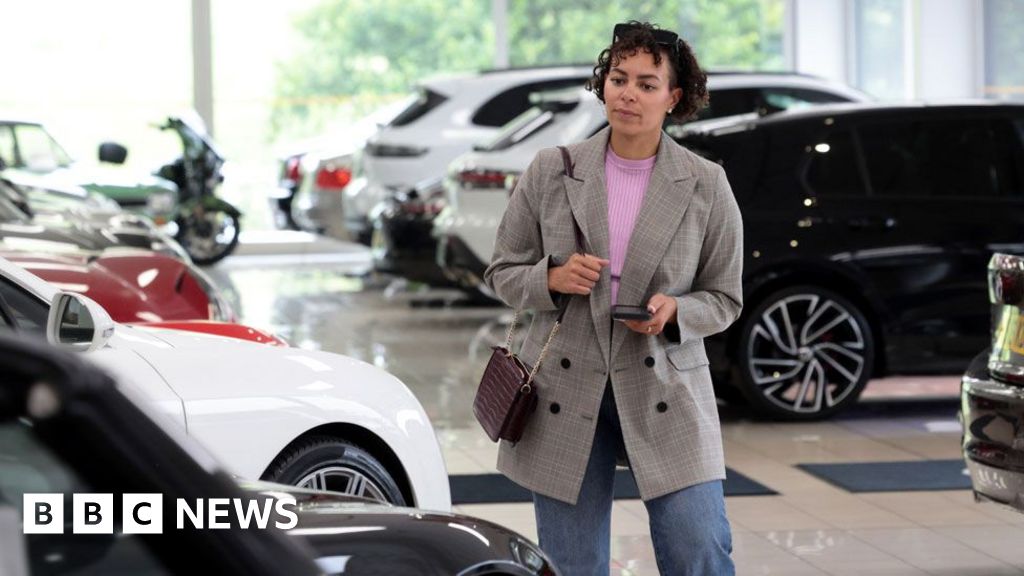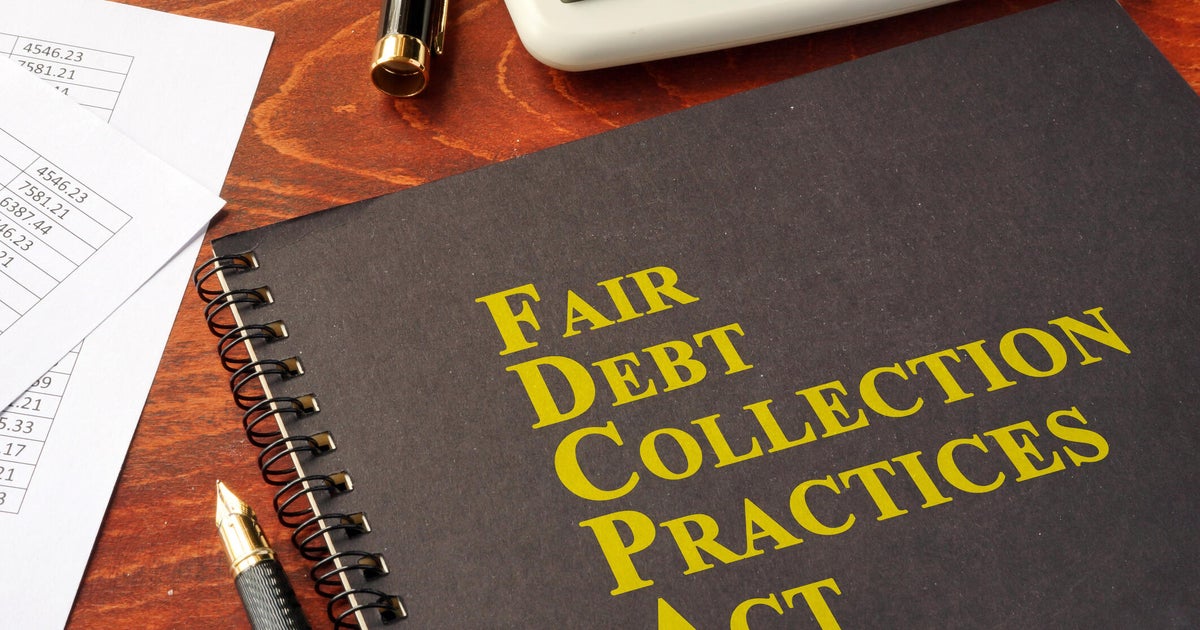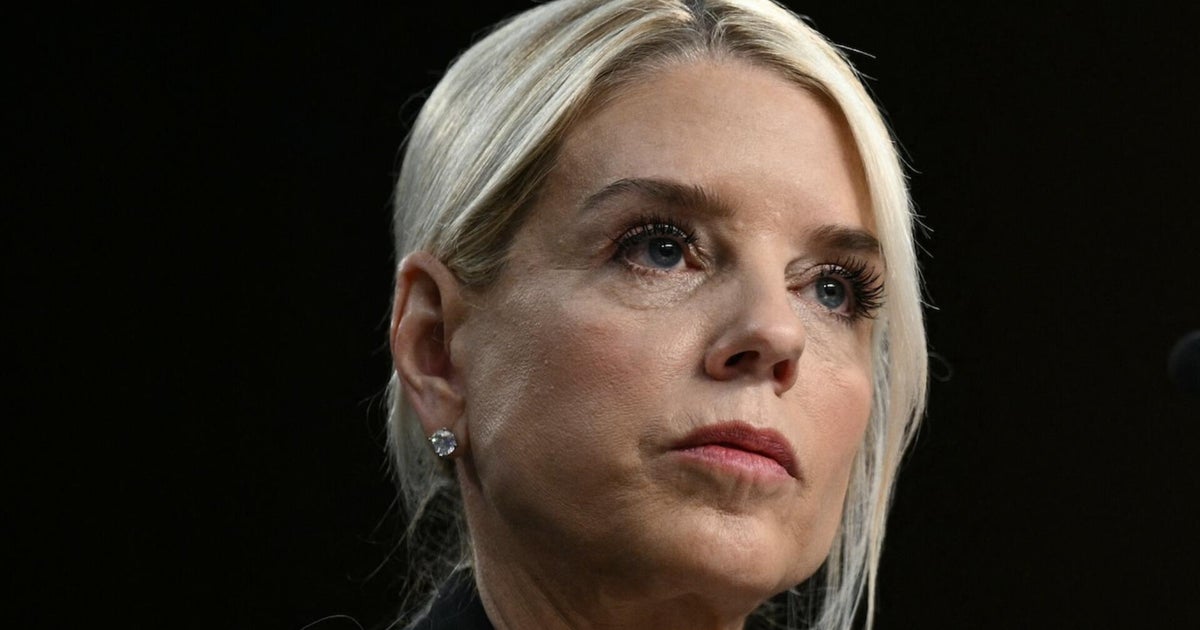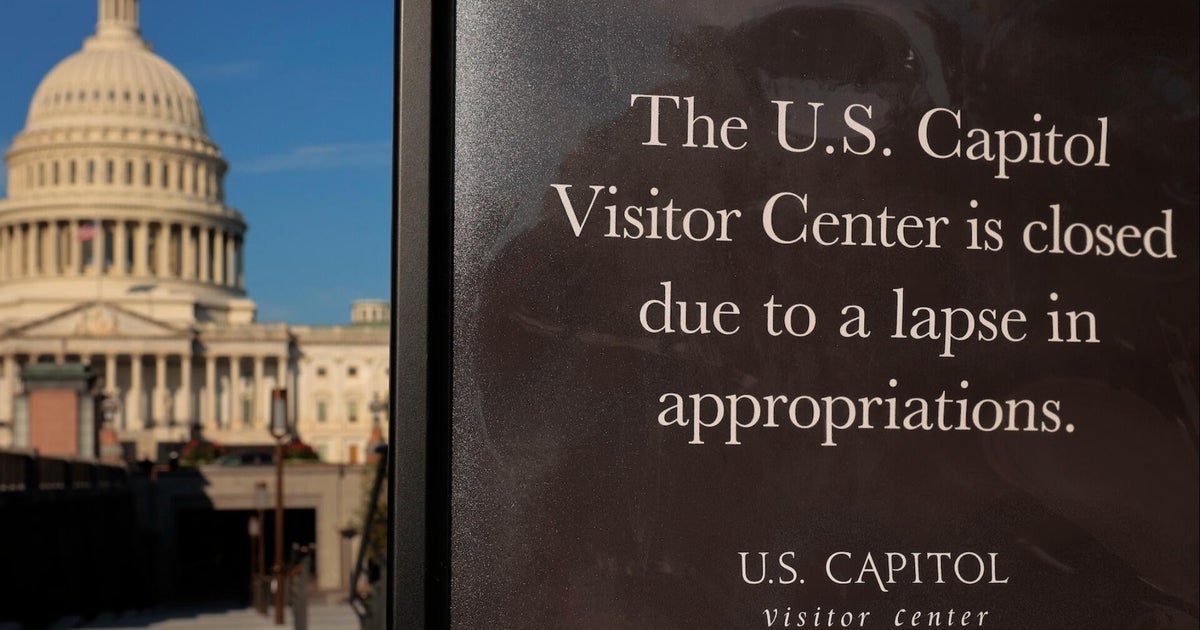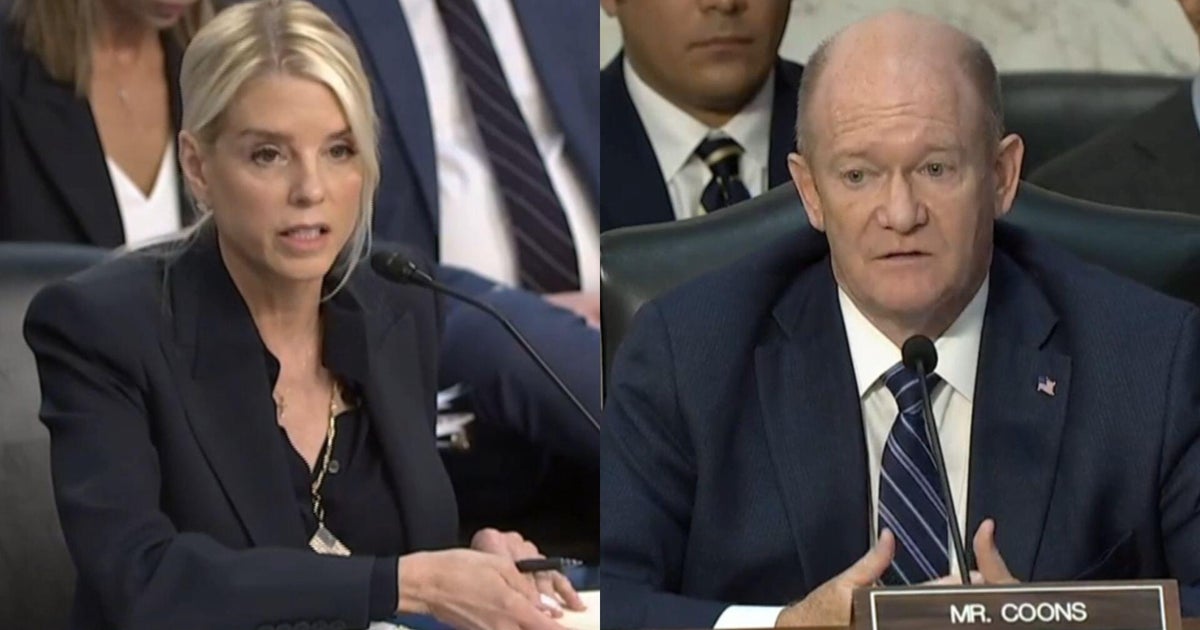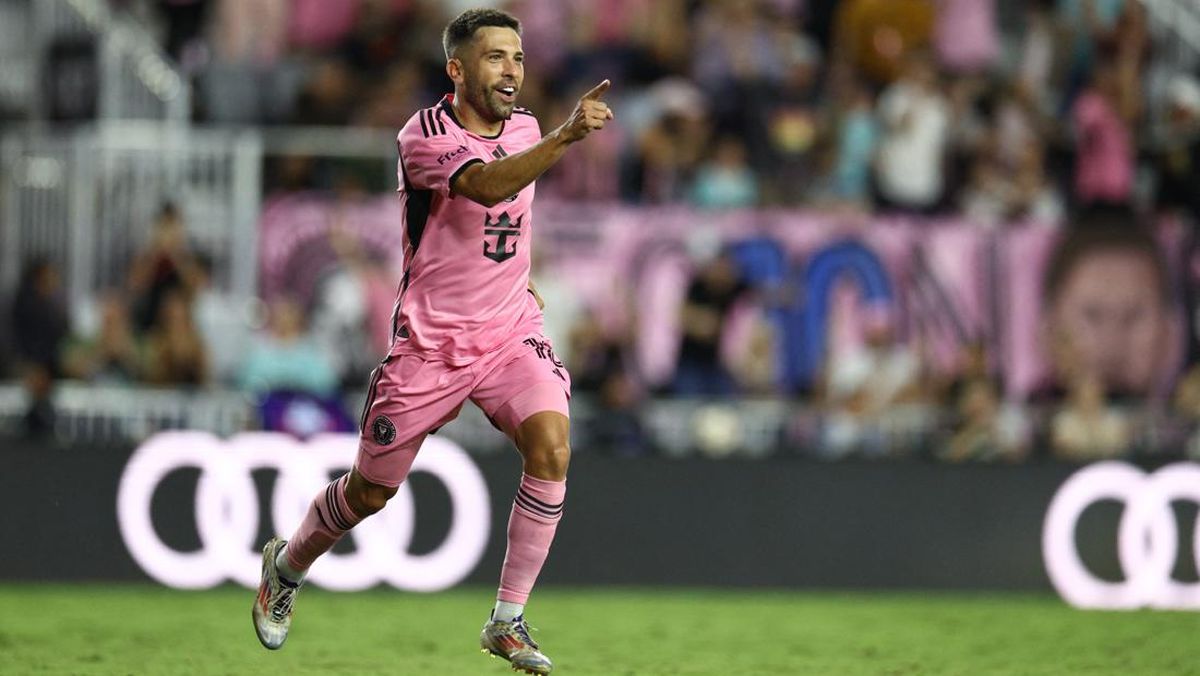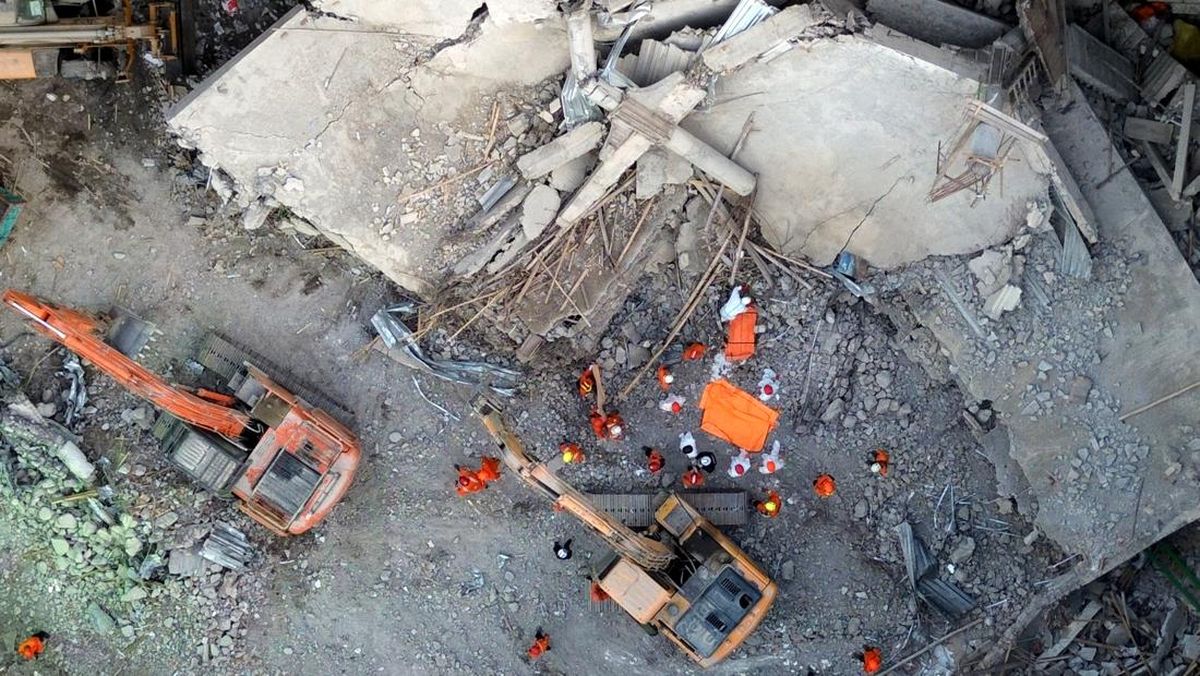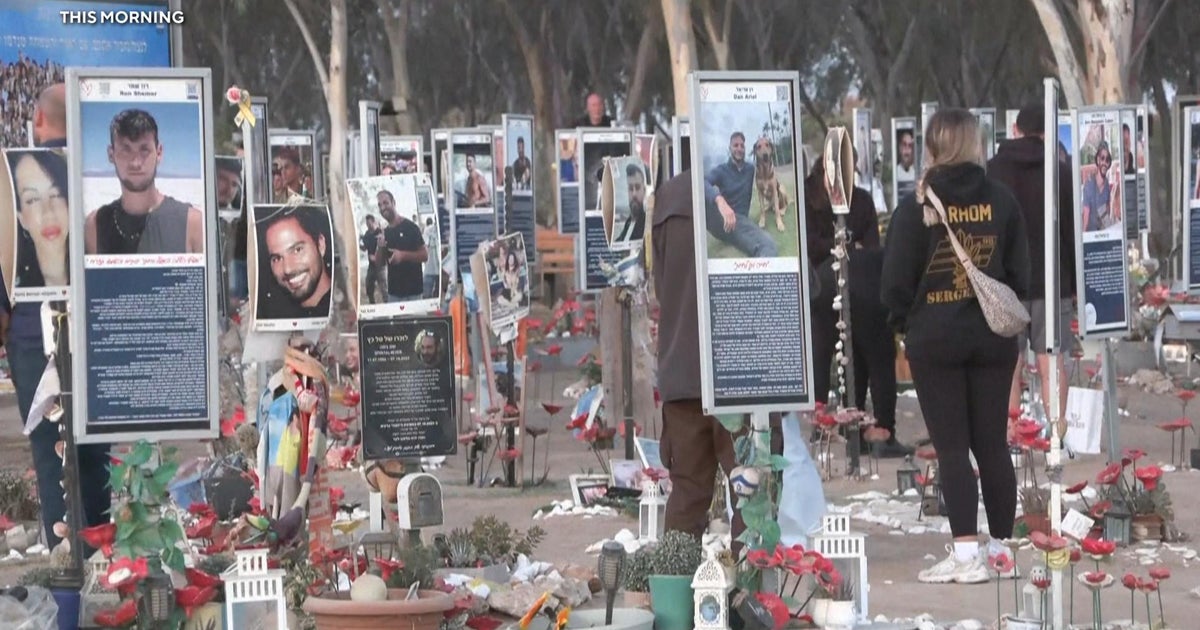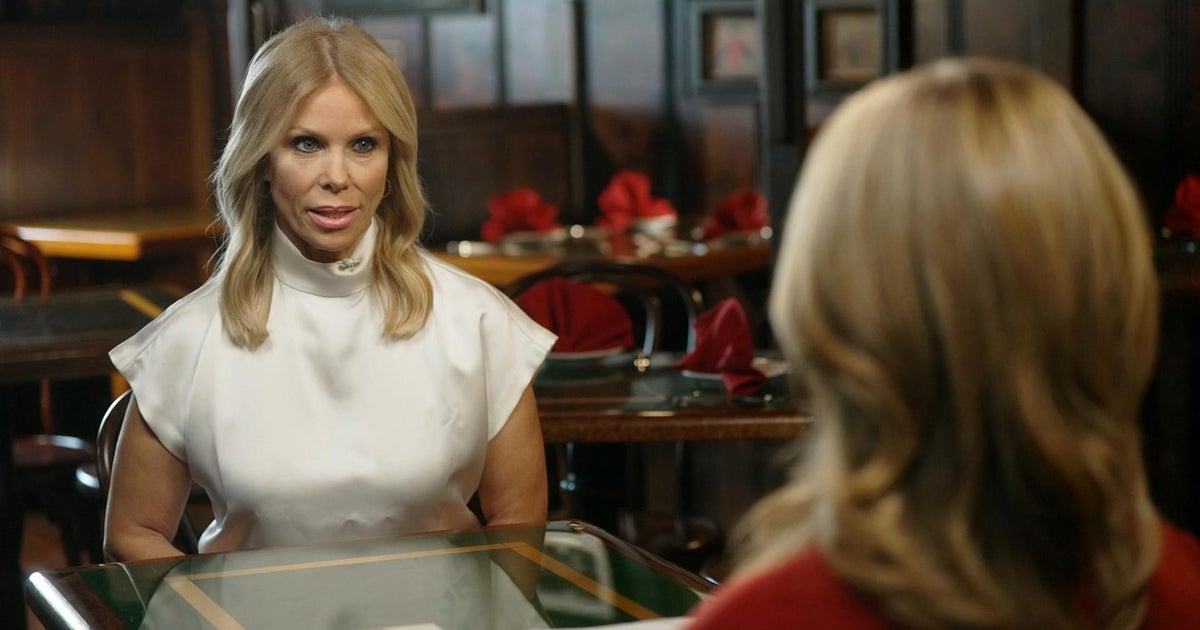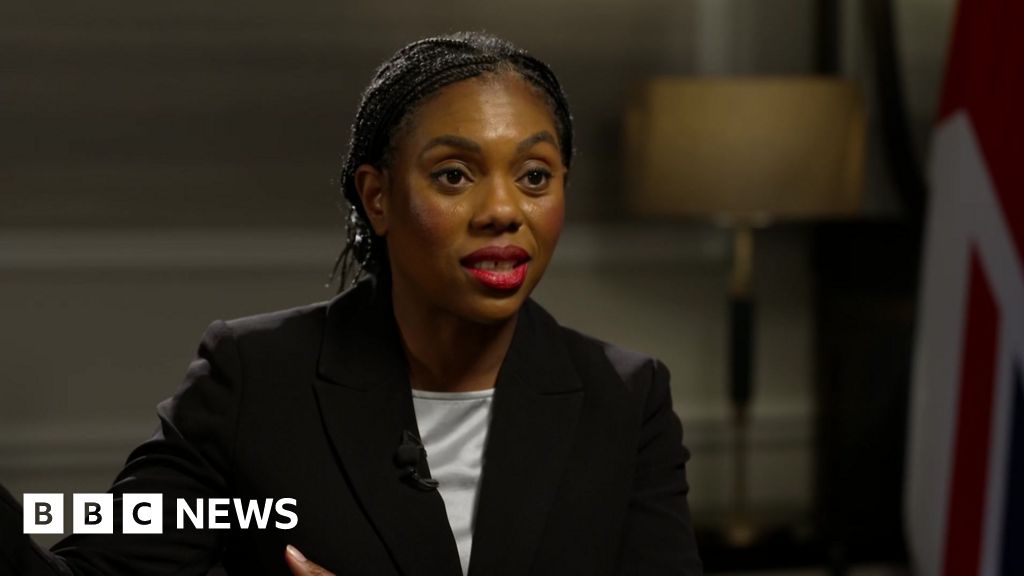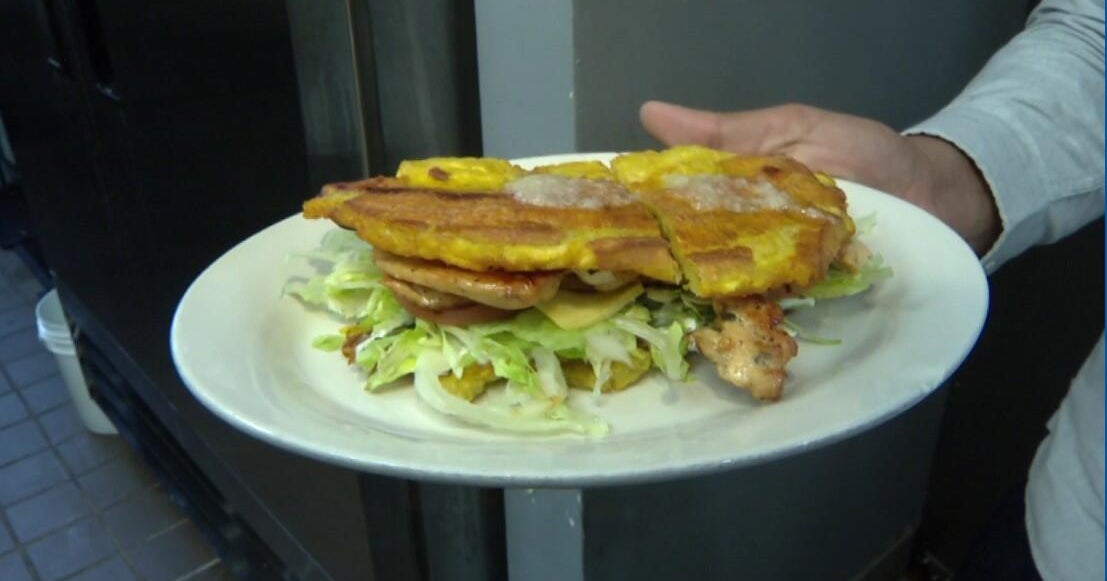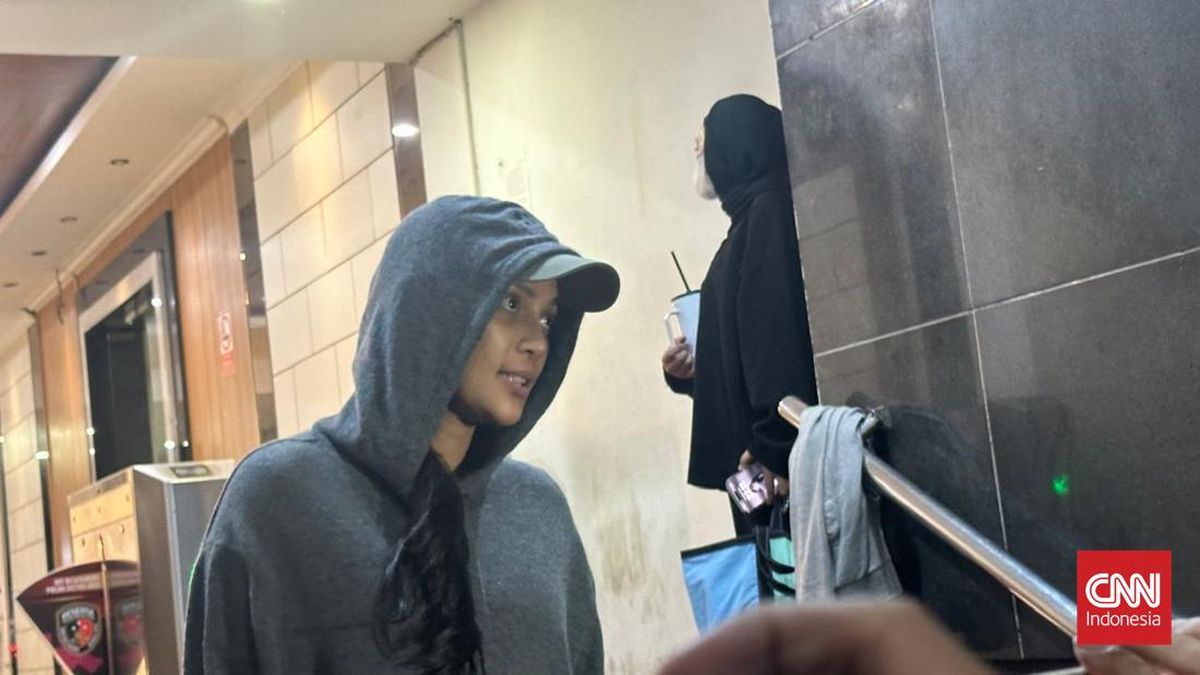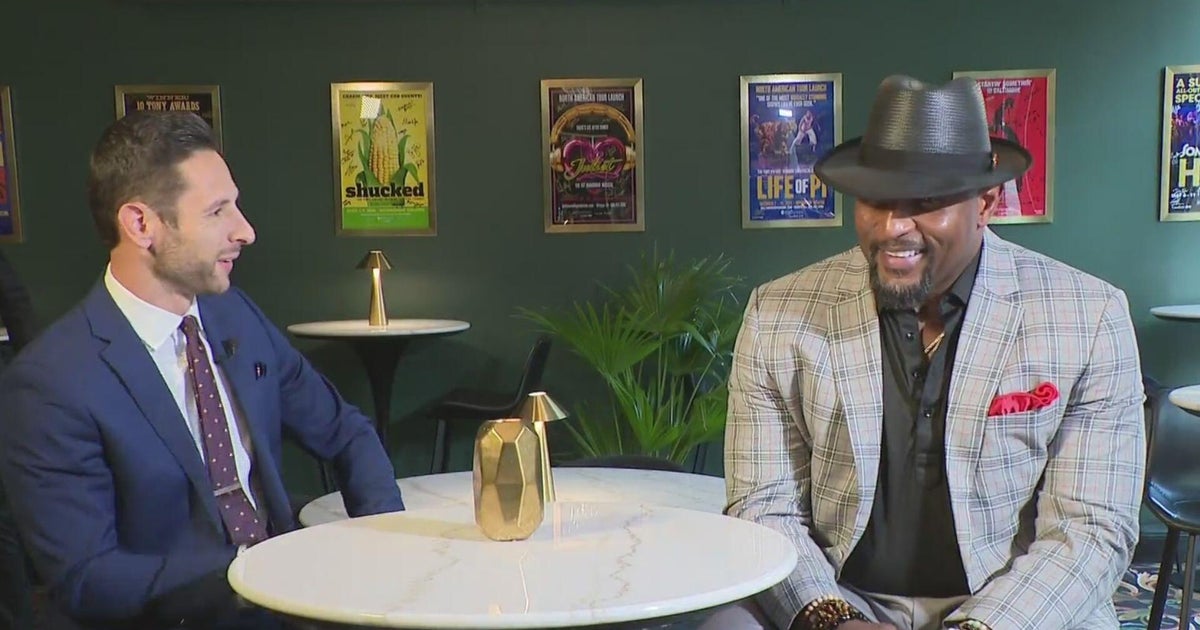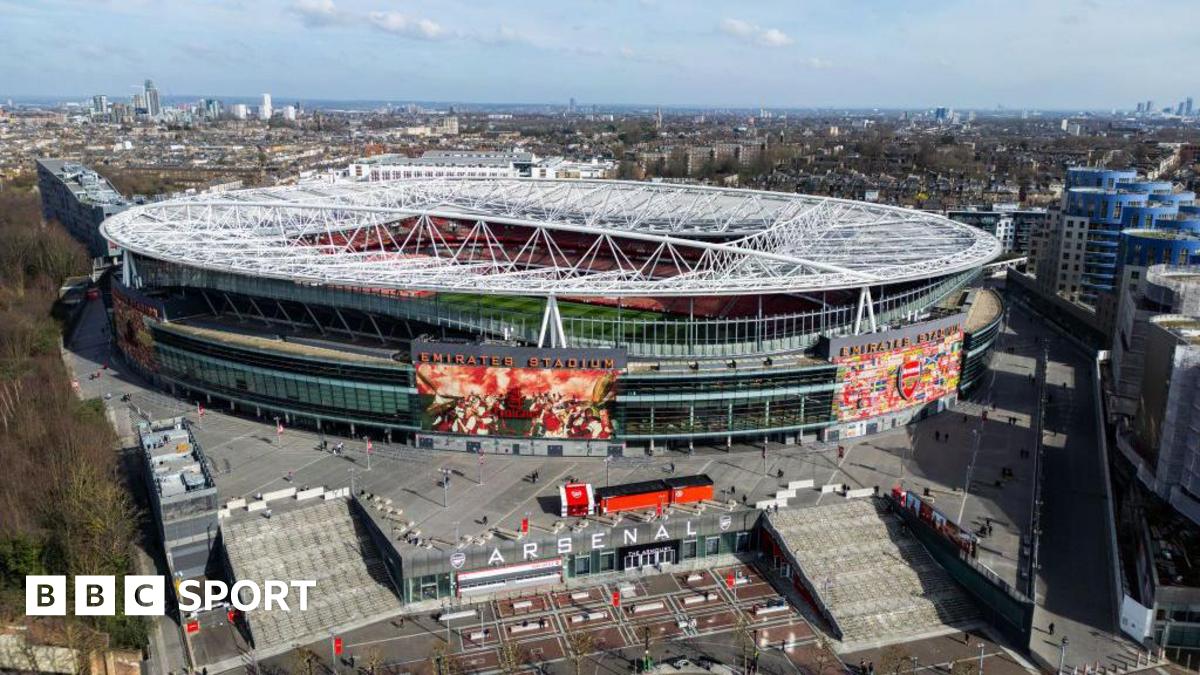It’s Sydney’s most toxic land. And it’s proved an expensive challenge for Metro
The bill for a clean-up of heavily contaminated land near Parramatta for Sydney’s largest metro rail project has almost tripled to about $230 million, highlighting the financial pressures facing the state government to complete the train line along the city’s east-west spine.
Premier Chris Minns also conceded on Tuesday that his government had considered cancelling one of nine stations planned for the Metro West line before deciding it was a “bridge too far” for a community which had been promised one, its area already rezoned for greater housing density.
The cost surge for remediating toxic land at Clyde for the project has been blamed on contamination being worse than initial testing had indicated, confidential Sydney Metro documents show.

The sprawling site for the Metro West project at Clyde required major remediation due to the extent of contamination from heavy industry. Duck Creek is in the foreground. Credit: Janie Barrett
Soil in the area, which neighbours Rosehill Gardens racecourse, was found to be ridden with higher-than-expected amounts of asbestos, acid sulphate and zinc. The soil contaminated with zinc was at risk of leaching into Duck Creek before the remediation work was carried out.
The internal documents obtained by the Herald show the forecast final price of cleaning up the land at Clyde for the Metro West project is almost $230 million, up from a budgeted cost of about $80 million.
The area is one of the worst-contaminated parts of Sydney because it was home to heavy industry for more than a century.
The sprawling site will be turned into large rail yards and maintenance facilities for the driverless metro trains, which will run on the 24-kilometre underground line between the Sydney CBD and Westmead when it opens in 2032.

The new station at Parramatta is regarded as one of the most complex to build for the Metro West project.Credit: Janie Barrett
The remediation bill comes on top of the $110 million cost to taxpayers of building a new speedway at Eastern Creek to replace the one that had operated on the land now used for the Metro West project at Clyde.
The leaked documents also show the challenges building an underground station at Parramatta due to factors such as its location on a flood plain and discovery of contaminated soil.
In what is regarded as the most complex of the nine new stations, a massive retaining wall known as a diaphragm wall had to be built in the giant rectangular hole dug for the station.
The Herald revealed on Tuesday that the cost of the Metro West line is forecast to blowout by $2 billion to at least $27.3 billion due to the skyrocketing price of building underground train stations.
Questioned about the report, Minns said the government considered cancelling one of the nine stations on the Metro West line as way to reduce the cost and keep the project within budget, but he did not elaborate on which one.
“That’s what it would take to reduce the cost of that metro. We considered all different proposals. That was a bridge too far for us, although costs and the cost of these metros is something we’re very, very focused on,” he said.
Loading
Minns said the $27.3 billion figure reported by the Herald was at the upper estimate of a potential overrun, although he conceded that the project would cost more than the government had hoped. “We’ve worked really hard to keep costs down. A lot of it is debt-funded and will have to be paid back at some point,” he said.
Sydney Metro said infrastructure projects in Australia and across the world had experienced a well-documented spike in material and building costs.
“This is not unique to metro construction. Additional costs on the Metro West project include the addition of cross passages and elevated walkways based on stakeholder feedback, and additional bulk earthworks and contamination management,” the agency said.
Sydney Metro has spent a total of about $3.718 billion on property acquisitions for the Metro West project.
Loading
The clean-up of the Clyde site shares similarities with the cost of remediating land several hundred metres away for maintenance and stabling yards for the Parramatta light rail line.
Taxpayers ended up forking out $116 million – more than double the original bill – to remediate a heavily contaminated site at Camellia for the light rail.
The remediation cost was on top of the state government’s controversial $53.5 million purchase of six hectares at Camellia in 2016, which months later was valued as “worthless” in a secret report commissioned by Transport for NSW.
Most Viewed in National
Loading


